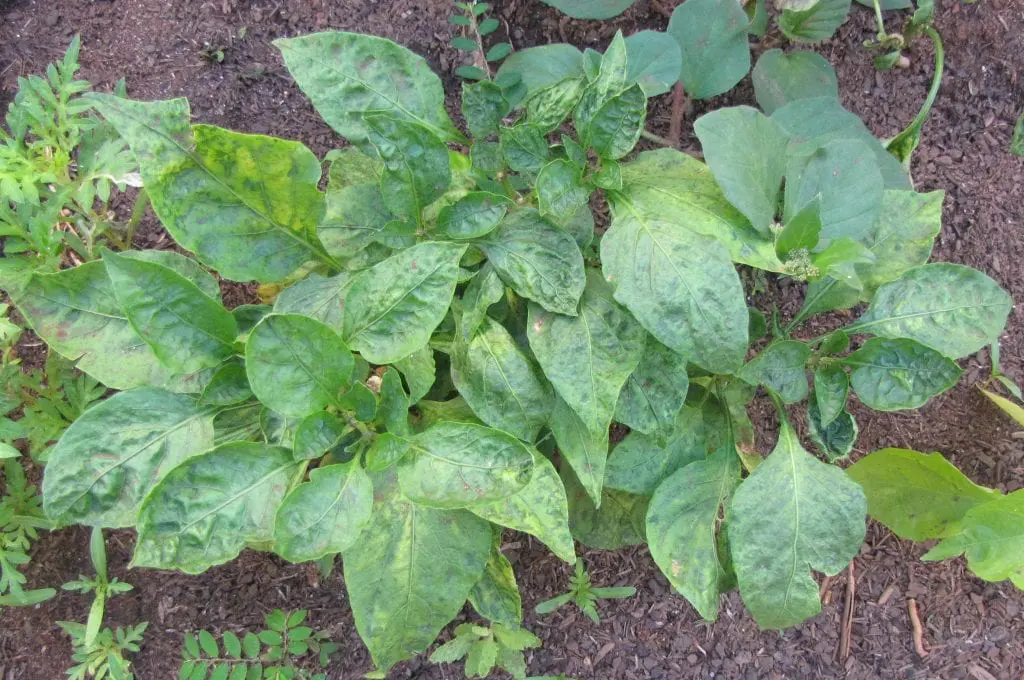Viruses are microorganisms that, although they cannot be seen with the naked eye, can cause significant damage to plants to the point that, if no measures are taken, they become so weak that in the end they cannot resist infection and dry up.
The problem is that there is no treatment that is really effective, but, fortunately, they can be prevented by doing a few very simple things that I will now explain to you 🙂 .
Index
- 1 Symptoms of virus in plants
- 2 Treatment and/or prevention
Virus symptoms in plants

Image – CIMMYT
How to know that our plant is being attacked by viruses? Well, it’s not easy. The symptoms that you may present are similar to those of other diseases, but we can suspect that you are in trouble if:
- The leaves do not grow correctly, they develop with malformations and/or rolled up on themselves.
- Plants are stunted, with stems much thinner than they should be.
- They have dwarfism, that is, they do not reach the size they should.
- Yellowish spots known as mosaics appear.
- The petals are variegated, with areas without color.
Treatment and/or prevention

The best way to treat an affected plant is to remove it to prevent it from spreading to others. Nothing can be done to save it, since there is no product that removes viruses. So, if we take this into account, what we can (and should) do is take a series of measures in order to prevent infections, which are:
- Disinfect pruning tools before and after use.
- Remove wild weeds . These microorganisms can survive quite a long time among them.
- Treat pests as soon as they appear , especially aphids as they are one of the main transmitters of viruses.
- Acquire healthy plants . Even if it happens that we finally find one that we have been looking for for a long time, if it has pests or it looks weak, we should not buy it because it could infect those we have at home.

